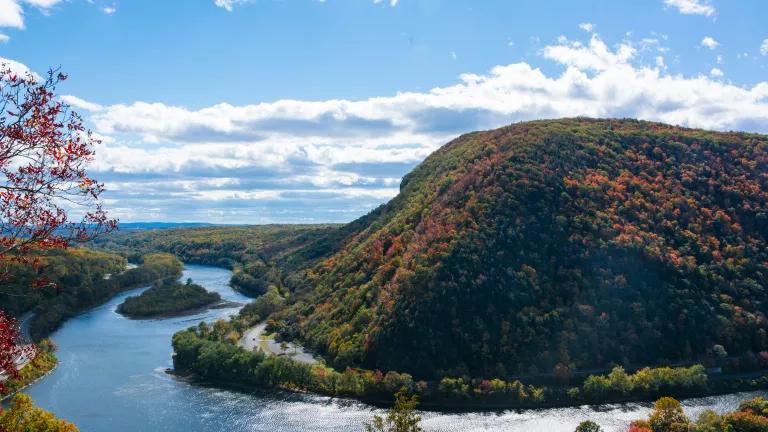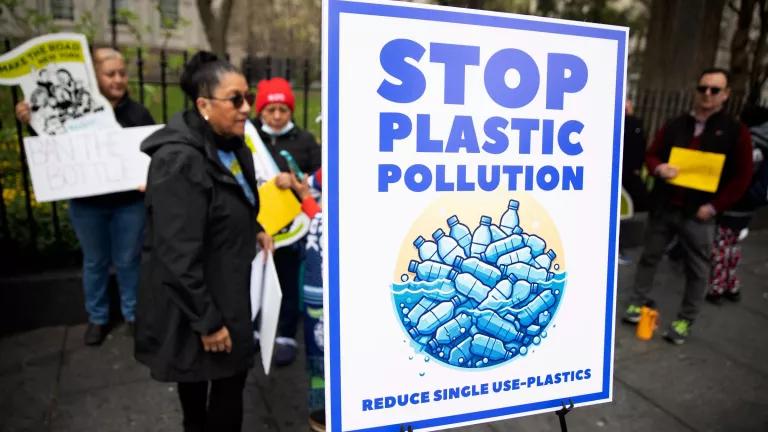It's been a while since I've blogged, and a lot of new information about fracking and its risks has surfaced during that time. I can't blog about it all to the extent it really deserves, but I wanted to start to get the latest headlines posted. Here are some top stories from the last month:
- Two regional health care systems in Pennsylvania think the health impacts of natural gas drilling warrant more study, and will be collaborating on a study, including development of a health surveillance network that will collect patient data over the next 15 years.
- An investigative report in High Country News found that water is becoming increasingly scarce in North Dakota, where the price of water has almost doubled--from 35 cents a barrel to 60 cents a barrel--in the past seven years.
- The U.S. Forest Service Forests to Faucets project has determined that the George Washington National Forest in Virginia warrants the highest rating for importance for surface drinking water. After all, the GWNF is a direct source of drinking water for more than 250,000 people and is further relied on by more than 2.7 million people in northern Virginia and Washington, D.C. for drinking water. Nevertheless, another unit of the U.S. Forest Service is seriously considering allowing widespread fracking in the forest.
- A physician in West Virginia says that the air emissions from wellpads and compressor stations are "...of grave concern because the exposure to respiratory disease and creation of the ozone layer are toxic to lung disease." Chesapeake Energy "confirmed the potential to discharge various amounts of these materials on an annual basis from their compressor operations: carbon dioxide, nitrogen oxides, carbon monoxide, methane, carbon dioxide equivalent, benzene and formaldehyde. There will also be various amounts of volatile organic compounds, particulate matter, sulfur dioxide, acetaldehyde, acrolein, ethylbenzene, methanol, n-hexane, toluene, xylenes and nitrous oxide."
- A newly published peer-reviewed paper by the Houston Advanced Research Center found that "oil and gas activities can have significant near-source impacts on ambient ozone" and that "Flares and compressor engines used in natural gas operations, for example, are large sources not only of NOx but also of formaldehyde, a hazardous air pollutant and powerful ozone precursor." Ozone causes very dangerous health effects.
- Farmers are also competing for water in Colorado. One farmer stated: "I don’t think in reality that the farmer can compete with the oil and gas companies for that water..." The New York Times reports that, while farmers and ranchers pay about $30 for an acre foot of water and up to $100 when water is scarce, oil and gas companies in parts of Colorado are paying as much as $1,000 to $2,000 for an equal amount of water.
- In West Virginia, the Wheeling-Ohio County Health Department plans to collect air quality data related to natural gas drilling in cooperation with West Virginia University because--as of now--"There is no air quality data available in the country specifically linked to gas drilling," The fact that so much fracking and related activity is moving ahead aggressively without the data needed by health experts to fully understand health impacts is very alarming.



